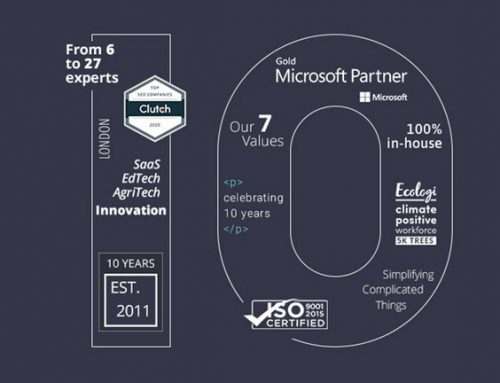Everyone these days is perfectly comfortable with push notifications. They’re generated by an app and slide in from an edge of the screen or ping up to deliver short punchy, well-timed and relevant personalised messages. But what if you are a client who doesn’t have an app? How do you succinctly notify your customers when you need to? That’s where Web Push Notifications sent via desktop web or mobile web are a great alternative.
Web Push v Push?
The big advantage Web Push Notifications have over app-generated Push Notifications is that they’re surprisingly easy to implement. All you need is a website with a push code installed. You don’t need to go to the hassle and expense of building an app (not that AVAMAE apps developed in our London studio are pricey or a pain). They’re also simple to customize and reuse.
Why Clients Love Web Push Notifications
There’s a lot you can do with Web Push Notifications. Primarily, they enable you to promote offers from your website – even when the user isn’t on your site. For example, after visiting your site, you can later remind customers about the contents of their cart if they have yet to check out.
Engaging users when they aren’t actively on your site is a big attraction and if you do it right, engagement rates can be high. Web Push Notifications can also be used to build your brand and direct users to your social media channels.
Some popular uses of Web Push Notifications are giving updates and confirmation on purchases, shipping, delivery. You can also use them to welcome users, request reviews, provide news or offers, events and new products. They are an invaluable tool for converting sales and retargeting, too. They can incentivise first time purchases, communicate personalised offers and limited time deals. The opportunities and possibilities are almost endless.
How do they Work?
We’re great at AVAMAE at simplifying complex things, but to be perfectly honest, Web Push Notifications are relatively easy to explain anyway. All you need to do is first install a code from a web push service on an HTTPS page of your website and then enable it.
You then subscribe users to the service by encouraging them to opt-in to receive your push notifications.
Opt-in Options
Web Push Notifications are permission-based marketing – in other words, users have to consciously opt-in to receive them. The web browser handles the opt-in by offering visual prompts and a button to click to opt-in. ‘Soft ask’ prompts can also be used to explain to users what the benefits are of opting in to receiving your Web Push Notifications. These warm up the molecules of users and encourage them to click the browser-based opt-in button.
Timing is critical when using opt-ins, too. Do you offer Web Push Notifications the instant users arrive on your site or do you wait for them to find their way around and familiarise themselves with your brand?
Lots of Pros. Any Cons?
Yes, there are a few. Not every browser is supported, but the big four are. However, your notifications will look different on each.
Web Push Notifications work on supported browsers on both PC and Mac. When it comes to mobile devices, not all can receive them. For example, you’re fine with Android devices running Chrome, Opera or Firefox. Apple iPhones and iPads are not currently supported though, irrespective of which browser you might be using. That’s a fairly major drawback.
Notify us if you Fancy a Chat
If you fancy a quick chat about the benefits of Web Push Notifications, simply email teresa.mccahill@avamae.co.uk or call +44 (0) 20 7509 6932.



